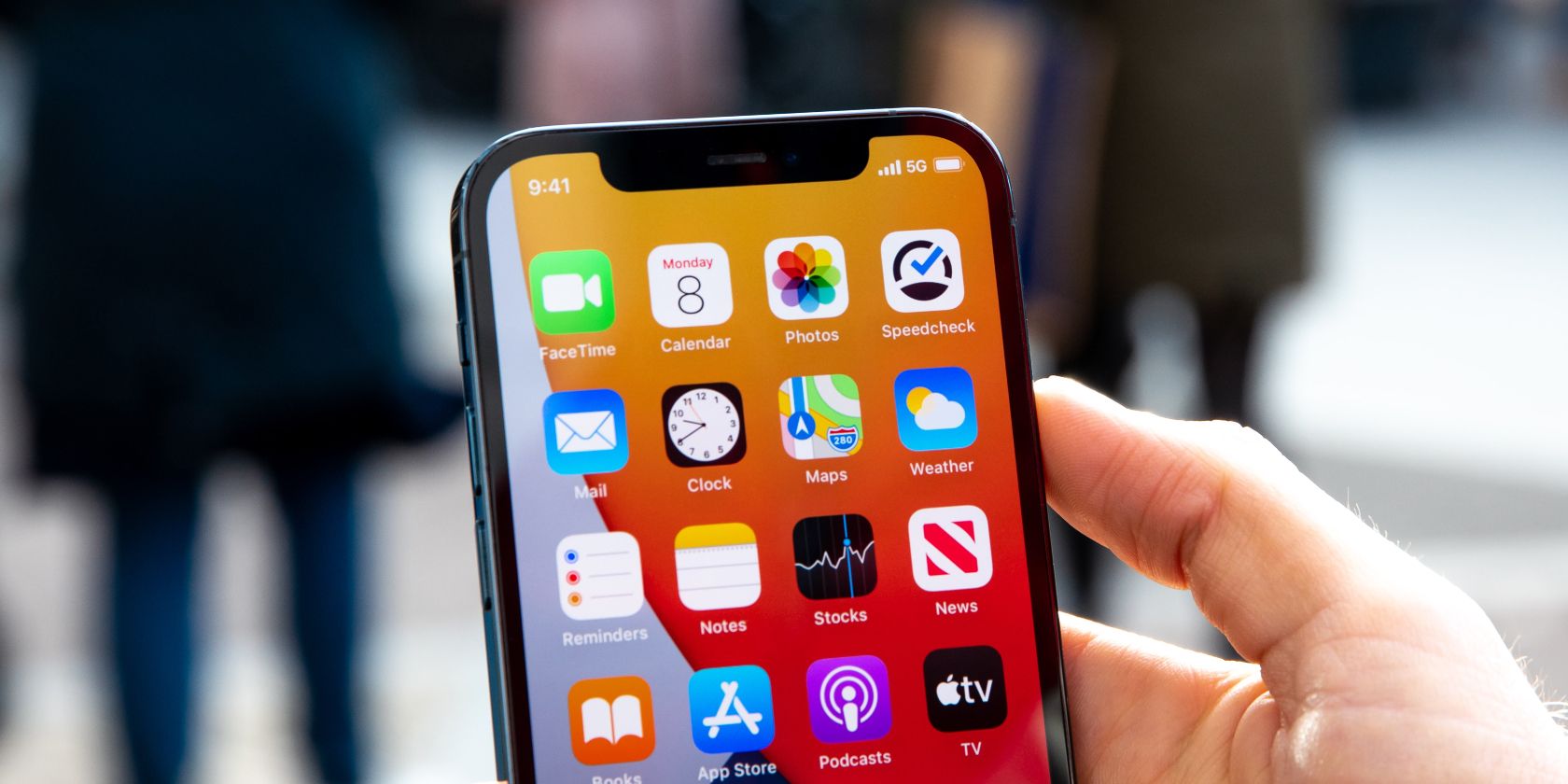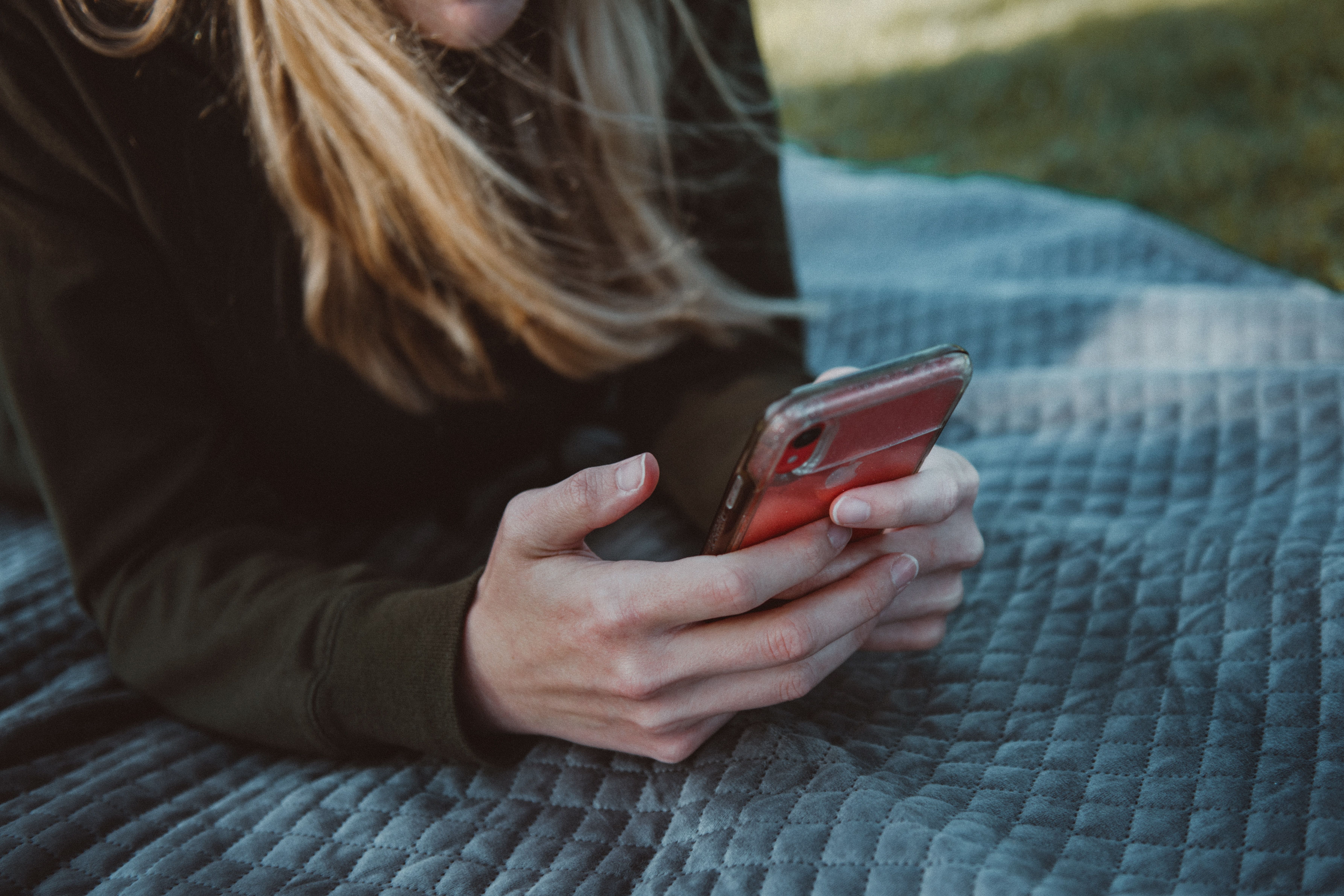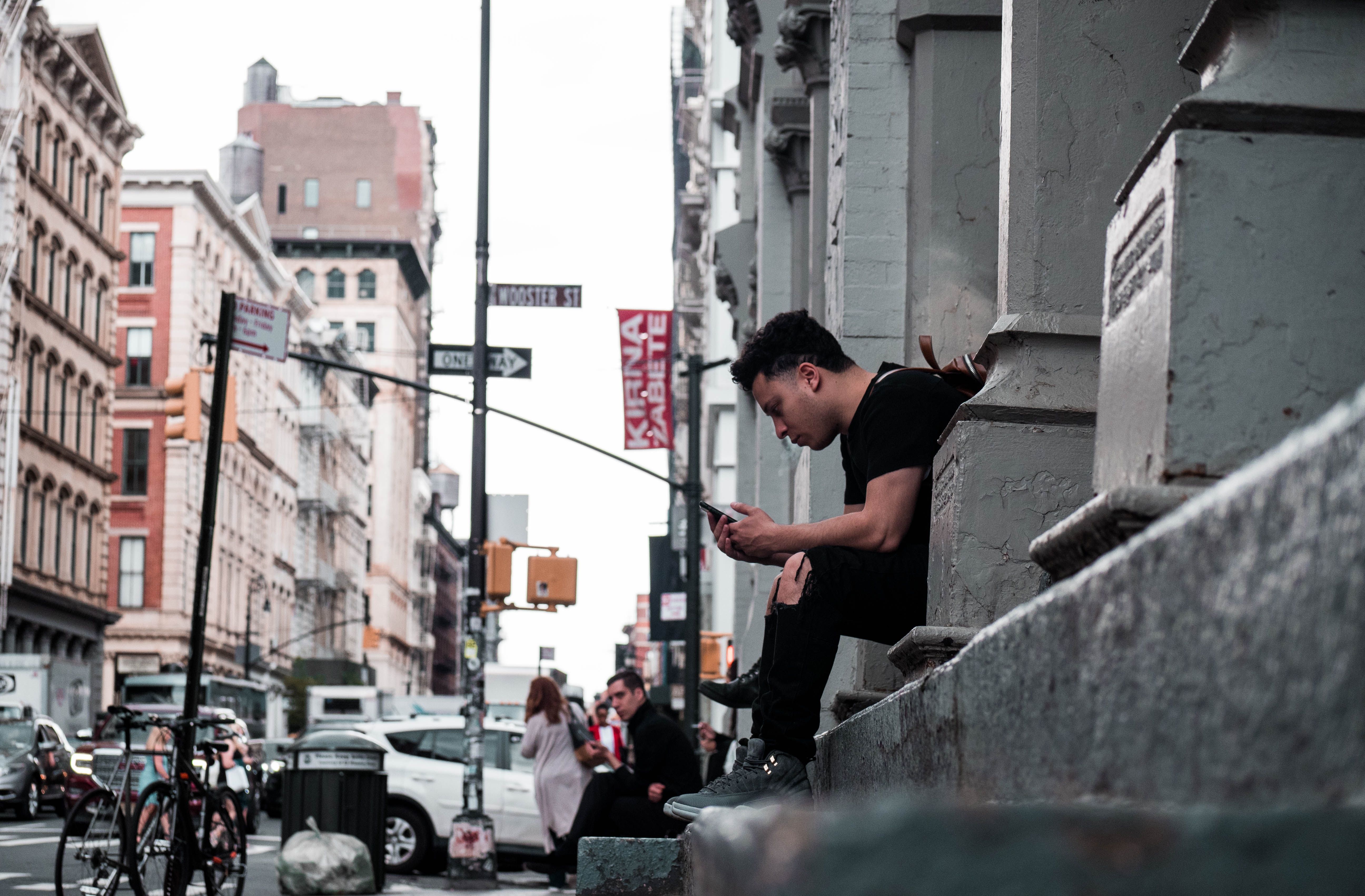If you bought your iPhone from a third-party seller, you might have seen “Cydia” on your home screen. Since this brown-ish-colored app isn’t native to Apple devices, it’s not surprising that doing so may have raised alarm bells.
Not all used iPhones will have the Cydia app, but the implications of what has happened to your device could be huge. So, what exactly is Cydia? And what on earth does it mean for your iPhone’s security?
What Does Cydia Mean?
Cydia is a third-party platform that features on jailbroken iOS devices. With Cydia, you can download apps that you otherwise wouldn’t be able to when using the official App Store.
In addition to apps, Cydia also enables users to find various themes and other features to download for their iPhones.
Users might choose to jailbreak their iPhones and use Cydia for various reasons. To feature on Apple’s App Store, developers must meet multiple requirements—many of which are not met by a host of hopeful apps.
On a jailbroken iPhone, users also have more options to customize their devices compared to if they had not.
One thing worth keeping in mind is that your warranty is voided if you have a jailbroken iPhone.
What Does a Jailbroken iPhone Mean for My Security?
Apple prides itself on its devices’ security, so jailbreaking can’t be that bad—right?
Unfortunately, that’s not always the case.
When you jailbreak your iPhone, any new iOS update will undo this action. As such, you can’t upgrade to the latest version of Apple’s software without needing to go through another whole jailbreaking process.
Not updating your software is a huge problem when it comes to security. Besides device functionality, one of the primary reasons Apple launches new iOS updates is to keep malware at bay. So, your phone has a higher chance of getting a virus if it’s jailbroken.
You should also keep in mind that some apps and features you download from Cydia might actually carry malware. Anything on the App Store must adhere to strict standards, and while you can still find occasional viruses there, you're certainly a lot more likely to do so on Cydia.
Not updating your iPhone just to have a jailbroken device also means that you’re more prone to hacking. And if someone gets into your device, they can access a whole range of sensitive information: your Apple ID, credit card details, and much more.
Can I Reverse My iPhone’s Jailbreak?
Unless you specifically wanted a jailbroken iPhone, you’re probably now a little annoyed about Cydia appearing on your device. But before you angrily call the seller and demand a refund, don’t worry—you can still get rid of your phone’s jailbreak.
One way you can remove Cydia from your iPhone and unjailbreak your device is by updating your software. To find out whether your phone needs an update, go to Settings > General > Software Update. If an update is available, you’ll see it appear on your screen.
If you can’t upgrade to a newer version of iOS, you can instead try restoring your phone to factory settings. To do this, plug your phone into your computer and go to iTunes. After clicking on your device, select Restore iPhone…
Be Careful When Buying Your iPhone From Third-Party Sellers
Buying your iPhone from a third-party seller is a great way to save money. At the same time, though, not all third-party sellers are created equal. Some devices will be faulty, while others will have annoyances to consider.
Having Cydia on your iPhone could pose a significant security risk. Your chances of getting malware will increase, and your warranty is void if your device is jailbroken.
When buying from a third-party seller, make sure you research the most reputable ones in your area or online. And if your device is already jailbroken, try one of the methods we outlined earlier.



